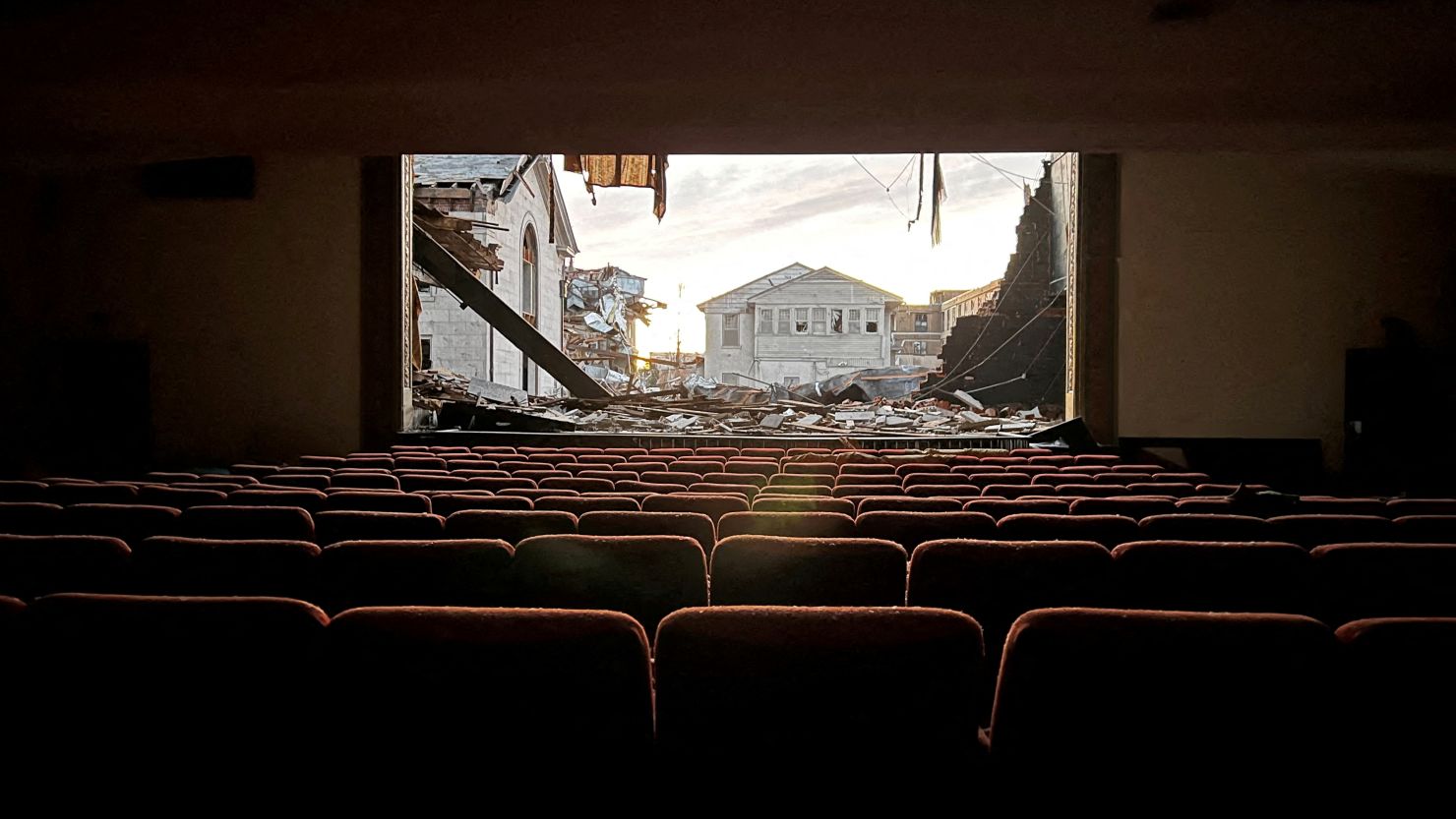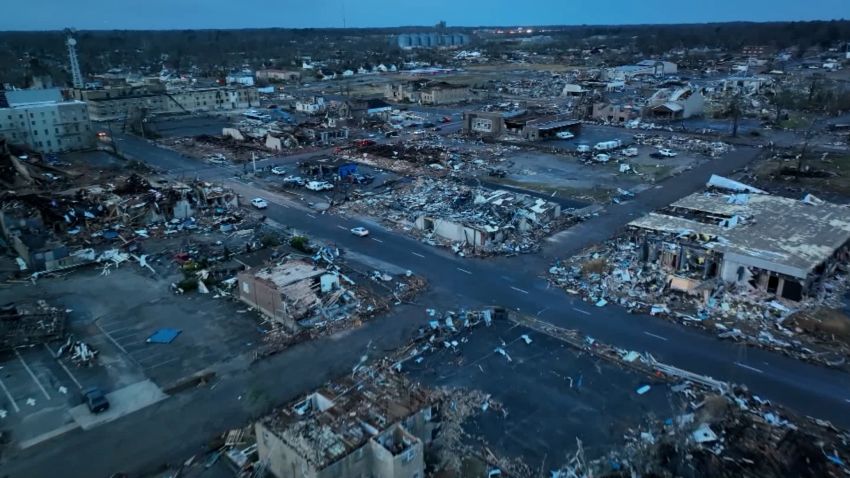The climate crisis took a catastrophic toll across the globe in 2021. From the Arctic to Louisiana and to China’s Henan province, signs that climate change is already altering our weather were everywhere.
In the United States, historic flooding trapped and killed residents in submerged basements. In Canada, an entire town was erased by a wildfire fueled by extreme heat. Rain fell at the summit of Greenland for the first time.
As climate disasters mounted, the world aligned around combating the crisis: Scientists published a landmark report that concluded humans are unequivocally to blame; US President Joe Biden reentered the Paris Agreement in the early days of his administration; world leaders met at the UN climate summit in Glasgow, Scotland, to negotiate solutions.
But promises were not met with action in 2021, and humans are pumping more planet-warming emissions into the atmosphere than ever. Experts now warn that the Earth is currently on track for 2.4 degrees Celsius of warming above pre-industrial levels – far beyond the critical 1.5-degree threshold that scientists say we should stay under.
This year’s disasters are proof the climate crisis is intensifying and that the window is rapidly closing to slash our reliance on fossil fuels and to prevent changes that would transform life as we know it.
“What we think of as climate change is now becoming very personal,” Jennifer Marlon, a climate scientist at the Yale School of the Environment, previously told CNN. “It’s not far away anymore. It’s now in our front yard, it’s in our backyards, it’s in our basements, it’s even in our lungs as (we are) breathing smoke from these wildfires.”
These are the top 10 climate crisis stories of 2021.
10. Historic rain at Greenland’s summit
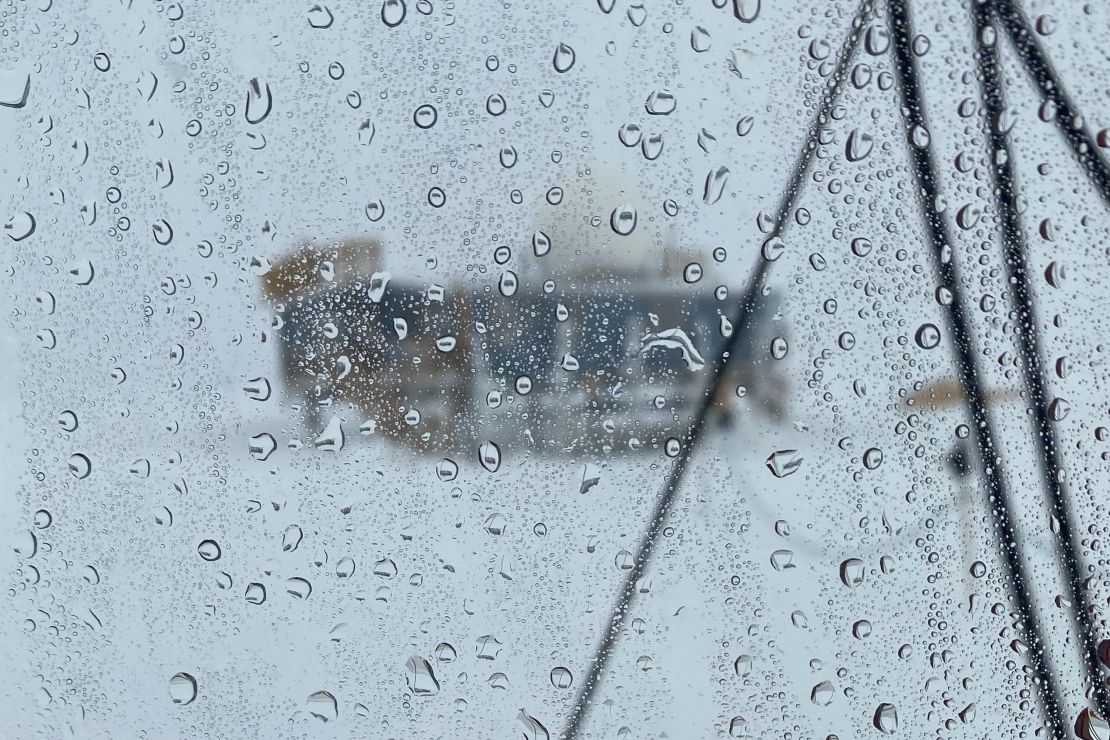
In August, precipitation at the typically snowy summit of Greenland fell as rain for the first time.
Temperatures at the Greenland summit – roughly two miles above sea level – rose above freezing for the third time in less than a decade around August 15. Precipitation fell as rain and dumped 7 billion tons of water on the ice sheet, enough to fill the Reflecting Pool at the National Mall in Washington, DC, nearly 250,000 times.
It was the heaviest rainfall on the ice sheet since record keeping began in 1950, according to the National Snow and Ice Data Center. And scientists say it will occur more often: A recent study found the Arctic region is expected to experience more rain than snow sometime between 2060 and 2070, marking a major transition in its precipitation patterns as the planet warms.
“Things that happen in the Arctic don’t specifically stay in the Arctic,” Michelle McCrystall, climate researcher at the University of Manitoba in Winnipeg, previously told CNN. “The fact that there could be an increase in emissions from permafrost thaw or an increase in global sea level rise, it is a global problem, and it needs a global answer.”
9. Texas deep freeze
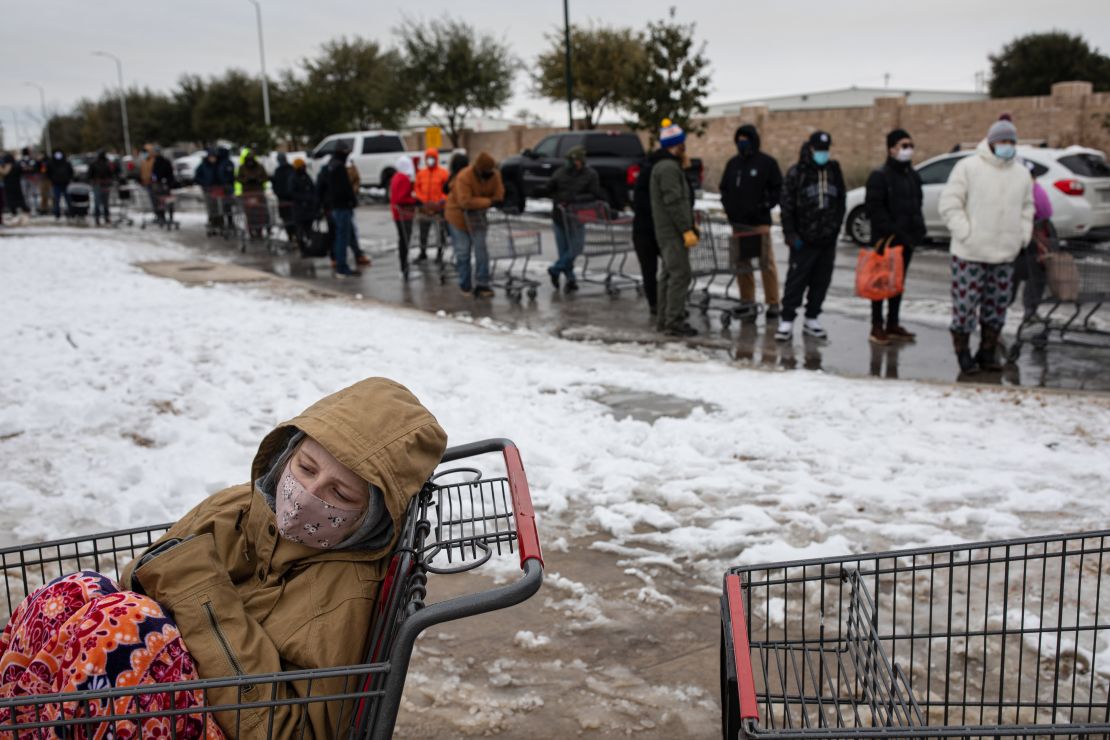
February brought a historic deep freeze to Texas, which was also felt across much of the Central Plains and into the Southeast, and showed how the climate crisis can produce both hot and cold extremes.
A crippling winter storm swept across the Central United States the week of February 15, and plunged deep into Texas – a state ill-equipped to handle a multi-day freeze. Electricity generation ground to a halt, and around 4 million people lost power.
At the time, Gov. Greg Abbott blamed the power outages on frozen wind turbines and solar panels, though the state’s fossil fuel energy sector was ultimately to blame for the energy crisis.
The Texas Department of State Health Services reported the extreme winter weather killed more than 200 people. However, an independent analysis by Buzzfeed put the number of deaths between 500 and 1,000.
The economic toll also proved catastrophic. The Texas comptroller’s office reported the storm may have cost the state as much as $130 billion, and urged the weatherization of its power infrastructure.
8. Fatal floods across three continents
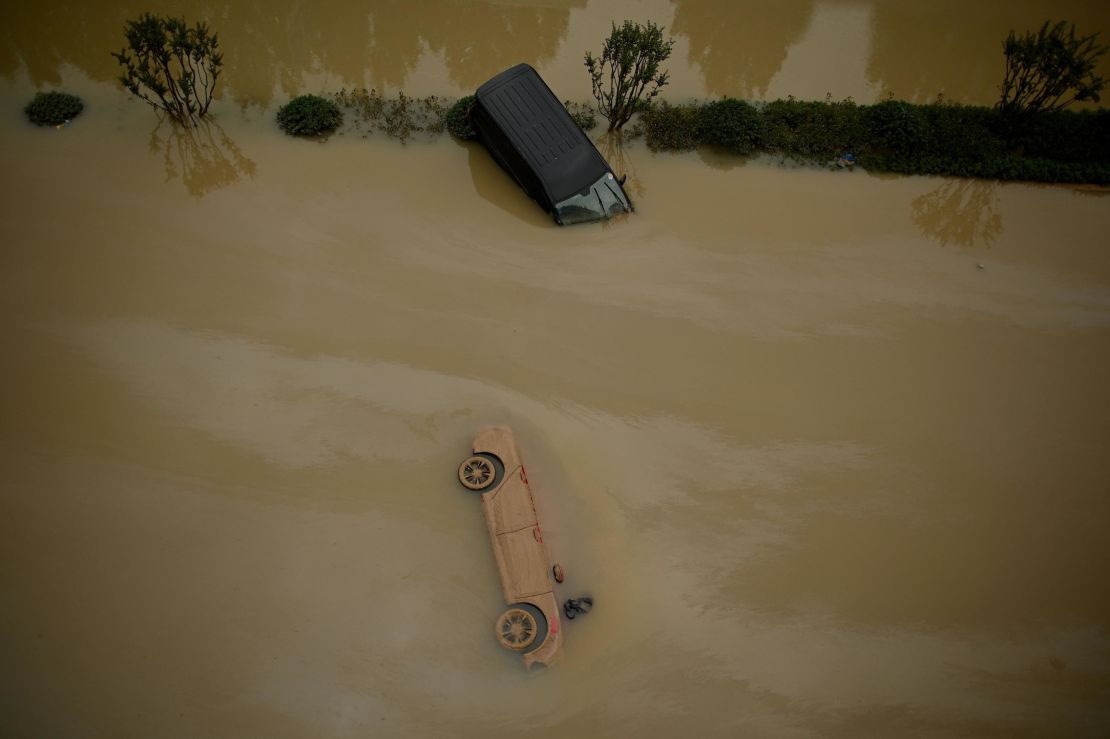
In the span of a few weeks, destructive and fatal flash flooding ravaged parts of Western Europe, China’s Henan province and the state of Tennessee.
In mid-July, severe flooding killed more than 200 people in Germany and Belgium. Vast swaths of the region saw 24-hour rainfall totals of roughly between 4 to 6 inches, which is more than an average month’s worth of rainfall in the area.
World Weather Attribution, a group of scientists that establishes the link between climate change and weather, found the record rainfall was up to nine times more likely due to human-caused climate change.
In China, the floods that struck Henan province killed more than 300 people. Zhengzhou, the provincial capital of 12 million people, was one of the hardest-hit areas. Entire neighborhoods were submerged, while passengers were trapped in inundated subway cars, clinging to ceiling handles to stay above water.
Back in the United States, a staggering amount of rain led to flash flooding in Tennessee that destroyed more than 270 homes and killed more than two dozen people, including 7-month-old twins. State emergency management officials were not prepared for the magnitude of the event. The fallen phone lines, coupled with washed out roads, made it harder for them to get into the flood zone.
7. US rejoins the Paris Agreement
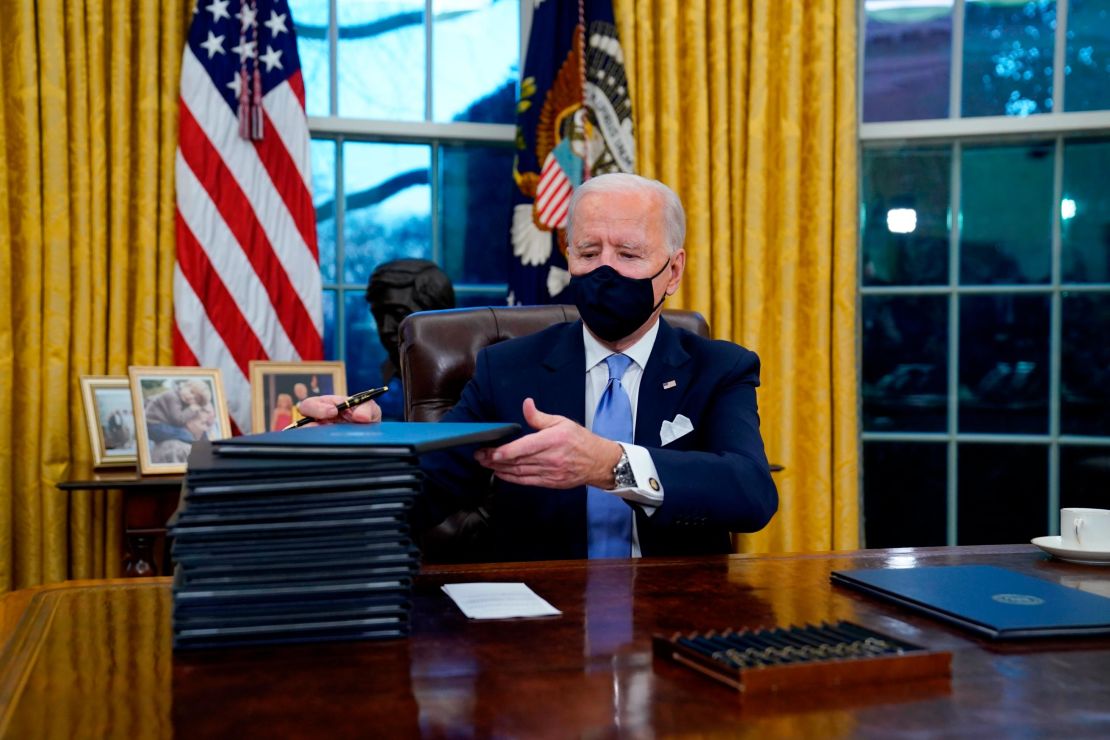
Within hours of being sworn in, Biden signed an executive order in January to rejoin the global climate pact known as the Paris Agreement, which former President Donald Trump pulled the United States out of while in office.
In April, Biden pledged to cut US greenhouse gas emissions in half by 2030, in part to make good on the country’s renewed membership in the agreement.
Under the Paris Agreement, countries are expected to track and enhance their commitments to drastically cut greenhouse gas emissions every five years. The primary goal of the climate accords is to put a lid on global warming to well below 2 degrees Celsius above pre-industrial levels, with a preferred 1.5-degree limit.
However, the United Nations says there is still a huge gap between what’s been promised and what scientists say is needed to curb emissions.
6. UN report: A ‘code red’
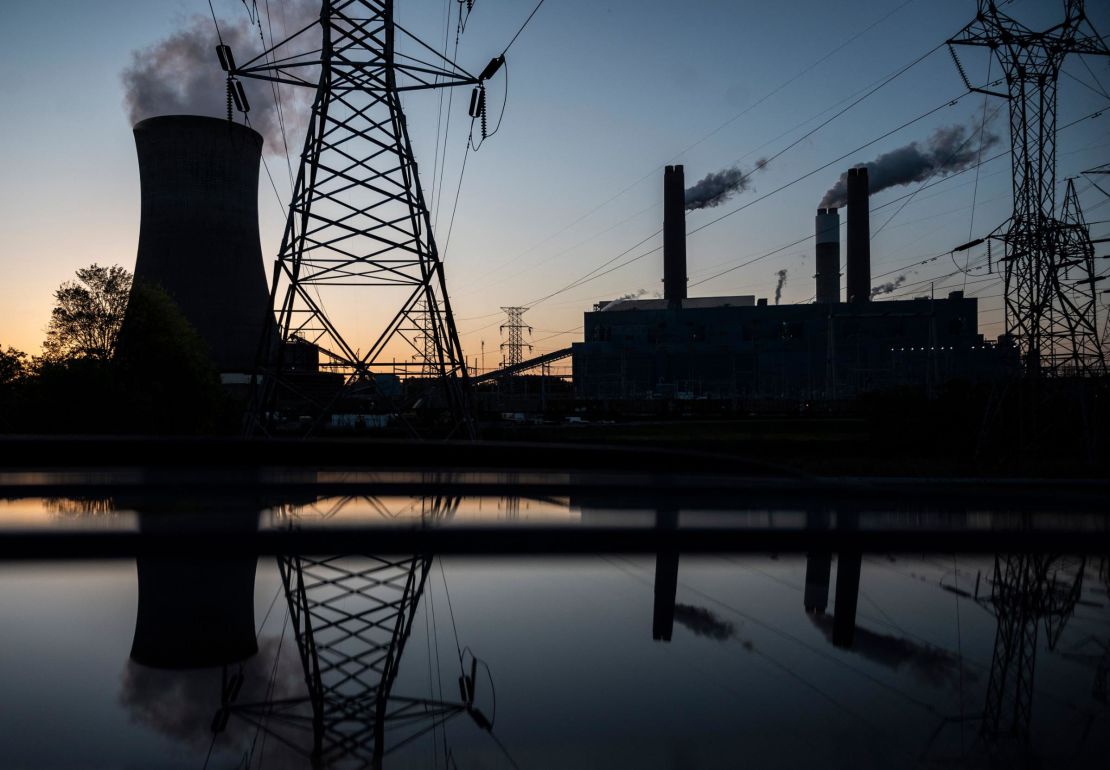
Every six to seven years, the United Nations’ Intergovernmental Panel on Climate Change publishes a report that summarizes the state of climate research. The panel’s latest report came in August, and its authors concluded it is “unequivocal” that humans have caused the climate crisis and that “widespread and rapid changes” have already occurred, some of them irreversibly.
UN Secretary-General António Guterres called the report “a code red for humanity.”
Scientists said the planet has rapidly warmed by more than 1 degree Celsius higher than pre-industrial levels, and is now barrelling toward 1.5 degrees – a critical threshold that world leaders agreed warming should remain below to avoid worsening impacts.
To halt the precipitous trend, scientists say countries must make deep cuts to greenhouse gas emissions while simultaneously removing carbon dioxide from the atmosphere.
5. A critical summit in Glasgow

World leaders gathered in Glasgow in November for the UN-brokered climate change summit known as COP26.
And after nearly two weeks of negotiations on how to limit global warming, nearly 200 countries signed the Glasgow Climate Pact, which included the first-ever acknowledgment of the role burning fossil fuels have played in perpetuating the climate crisis.
While the final pact showed some progress, the text didn’t reflect the urgency scientists have called for. Countries agreed to “phase down” the use of unabated coal for power generation, instead of completely phasing it out. Developing nations also left disappointed after negotiations around climate financing – funding from wealthy nations to help low-income countries deal with the crisis – broke down.
4. Hurricane Ida
In late August, Category 4 Hurricane Ida destroyed homes, uprooted trees and cut off power to more than 1 million customers in Mississippi and the already storm-ravaged state of Louisiana.
Ida checked all the boxes of how climate change is making hurricanes more dangerous, according to scientists: They are producing more rainfall, moving more slowly once they make landfall and generating larger storm surges.
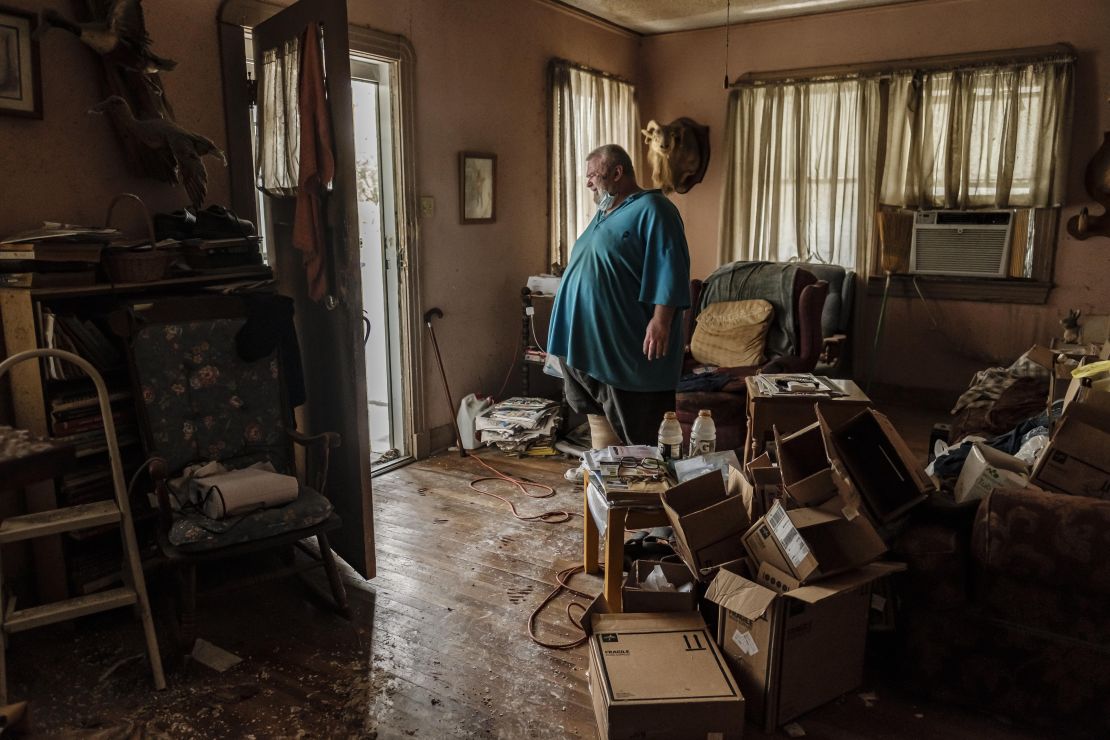
But the impact didn’t end on the Gulf Coast. As the storm made its way inland, Ida’s remnants triggered flash flood emergencies in the Northeast. The storm broke the single-hour rainfall record in Central Park and gave Newark, New Jersey, its wettest day ever.
The flooding killed dozens of people in the Northeast, and many of them drowned in basement apartments in New York City. Some Ida survivors in the city are still displaced, and the storm exposed the dire need to strengthen the city’s infrastructure against the worsening climate crisis.
Hurricane Ida’s damage cost at least $60 billion, the National Oceanic and Atmospheric Administration estimated, and exceeded the combined cost of the seven most damaging tropical cyclones of 2020.
3. December tornado outbreak
At the tail end of a year already packed with extreme weather, a series of tornadoes tore through the Midwestern and Southeastern United States on December 12 and 13. The last month of the year is typically the quietest for tornadoes, but warm temperatures brought a historic twist.
In Kentucky, tornadoes uprooted trees, leveled homes and killed dozens of people. Gov. Andy Beshear said at a news conference that the tornado event reached a “level of devastation unlike anything I have ever seen.”
Though it’s not completely clear what role climate change played in December’s outbreak, scientists say the fingerprints of global warming can be found on every extreme weather event. Victor Gensini, a professor at Northern Illinois University and a top tornado expert, said the outbreak is one of the most remarkable tornado events in US history.
“When you start putting a lot of these events together, and you start looking at them in the aggregate sense, the statistics are pretty clear that not only has there sort of been a change – a shift, if you will – of where the greatest tornado frequency is happening,” Gensini told CNN, “but these events are becoming perhaps stronger, more frequent and also more variable.”
2. Pacific Northwest heat wave
An unprecedented heat wave in late June killed hundreds of people in the Pacific Northwest and British Columbia. All-time record temperatures were set across the region, and scientists say the heat wave would have been “virtually impossible” without human-caused climate change.
Experts told CNN the normally temperate region is unprepared for extreme heat events, with many residents not owning air conditioning units. As a result, hundreds of people died from heat-related illness. Officials later called the heat wave a mass casualty event.
In British Columbia, the same heat wave fueled a fast-moving wildfire that obliterated the town of Lytton just one day after the temperature soared to 121 degrees and broke Canada’s all-time temperature record.
1. Drought, wildfires and water shortages
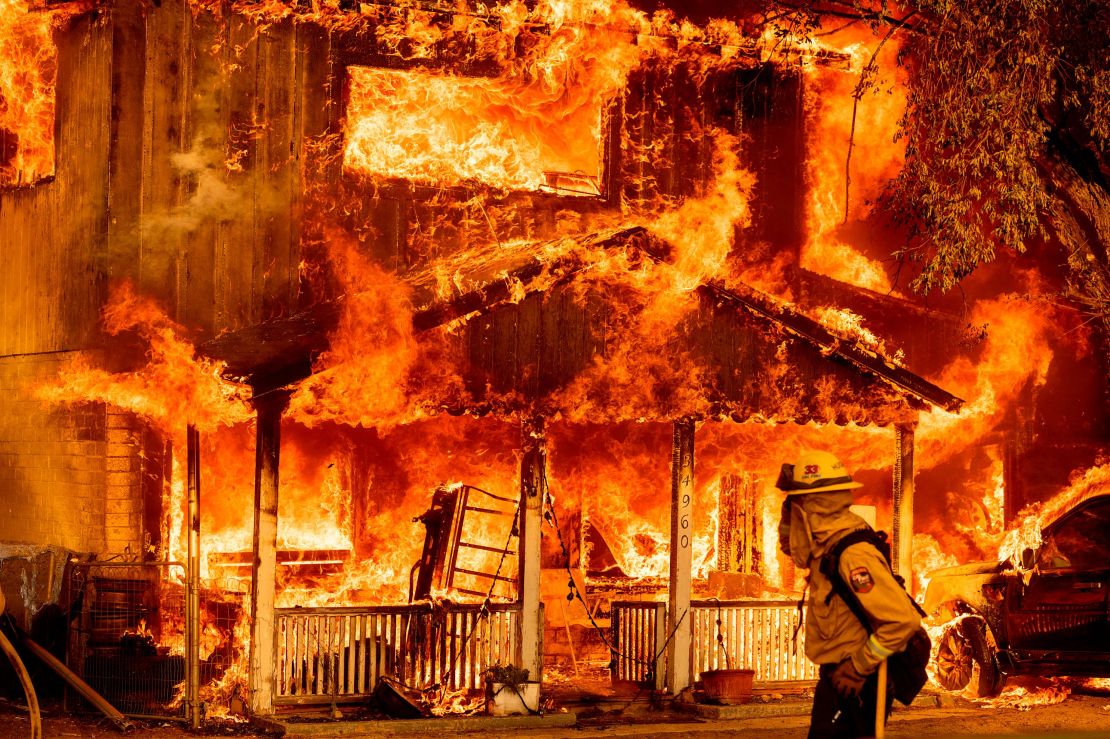
Amid the acute disasters, the Western United States has been in the grips of a historic, multi-year drought, which scientists say is a clear sign of how the climate crisis is affecting not only the weather but water supply, food production and electricity generation.
In California, this summer’s drought was the most extreme in the state’s 126-year record, with July 2021 as the driest month since data gathering began in 1895. By August, more than 95% of the West was in drought conditions.
Lake Mead and Lake Powell – two of the country’s largest reservoirs – drained at alarming rates after a dry winter and extreme drought this summer. The federal government in August declared a water shortage on the Colorado River for the first time, triggering mandatory water consumption cuts for states in the Southwest beginning in 2022.
The megadrought also primed the landscape for perilous wildfires. The three largest fires of 2021 – the Bootleg, Dixie and Caldor Fires – have burned roughly 1.6 million acres, an area half the size of Connecticut. High-level winds wafted smoke from some of these fires across the country, stretching from the West Coast to New York City.
Scientists say this summer is only a preview of what’s to come: The United Nations’ August report concluded droughts that may have occurred only once every decade or so now happen 70% more frequently.
CNN’s Judson Jones, Haley Brink and Taylor Ward contributed to this report.
